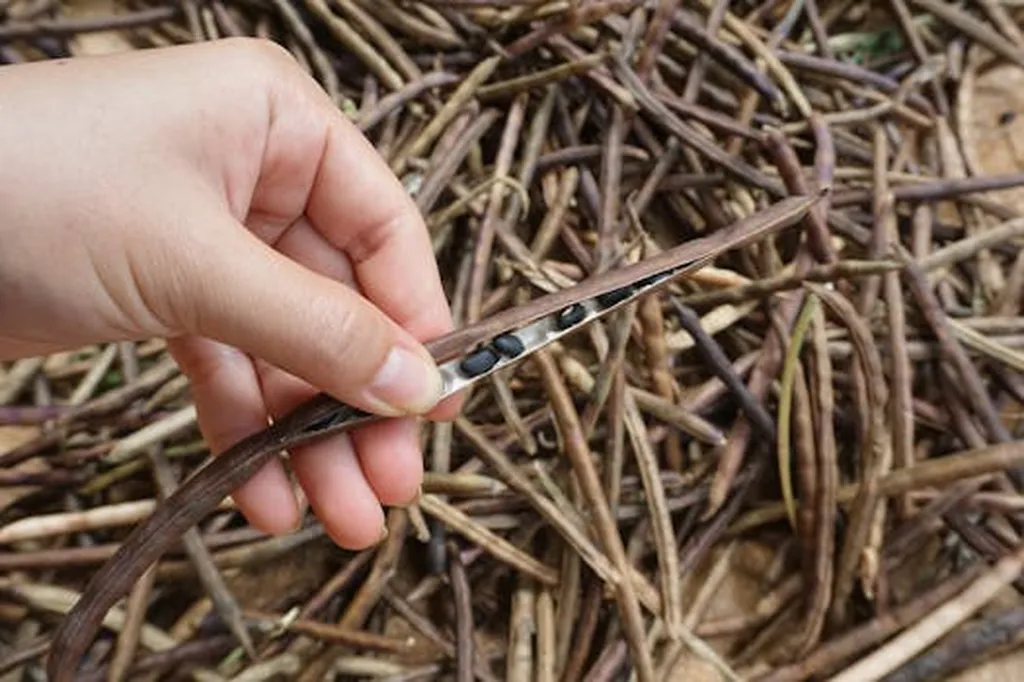In the relentless pursuit of sustainable agriculture, early and accurate detection of plant diseases remains a cornerstone for ensuring food security and enhancing crop yields. Traditional manual methods, while tried and tested, are labor-intensive and prone to human error, particularly under fluctuating environmental conditions. Enter artificial intelligence (AI), specifically machine learning (ML) and deep learning (DL), which have revolutionized the way we approach automated disease identification through image classification. However, the journey is not without its hurdles. A recent review published in the *Journal of Imaging* critically evaluates the performance of these AI models, both in controlled lab settings and real-time field conditions, offering a nuanced perspective on their robustness, generalizability, and suitability for edge deployment.
The review, led by Thandiwe Nyawose from the Department of Electronic and Computer Engineering at Durban University of Technology, delves into the latest architectures such as GreenViT, hybrid ViT–CNN models, and YOLO-based single- and two-stage detectors. These models are scrutinized for their accuracy, inference speed, and hardware efficiency, providing a comprehensive comparison that could guide future developments in the field. “The key challenge lies in ensuring that these models perform consistently well in diverse, real-world conditions,” Nyawose explains. “This involves not just high accuracy but also the ability to generalize across different environments and crop types.”
One of the standout findings of the review is the exploration of multimodal and self-supervised learning techniques, which aim to enhance detection in complex environments. These techniques address critical limitations such as reliance on handcrafted features, overfitting, and sensitivity to environmental noise. By analyzing the strengths and weaknesses of various models across diverse datasets, the review underscores the importance of real-time agricultural applicability. “The ultimate goal is to develop models that can be seamlessly integrated into precision agriculture practices, providing farmers with timely and accurate information to make informed decisions,” Nyawose adds.
The commercial implications for the agriculture sector are substantial. Accurate and timely detection of plant diseases can lead to significant cost savings by reducing the need for extensive manual labor and minimizing crop losses. This, in turn, can enhance productivity and profitability for farmers, contributing to a more sustainable and efficient agricultural ecosystem. The review also identifies key research gaps and outlines future directions, including the development of lightweight architectures, integration with Deep Convolutional Generative Adversarial Networks (DCGANs), and improved dataset diversity for real-world deployment.
As the agriculture sector continues to evolve, the integration of AI and machine learning technologies will play a pivotal role in shaping the future of precision agriculture. The insights provided by this review offer a roadmap for researchers and practitioners to navigate the complexities of plant disease detection, ultimately paving the way for more resilient and productive agricultural practices. With the continued advancement of these technologies, the dream of sustainable and efficient agriculture is increasingly within reach.

